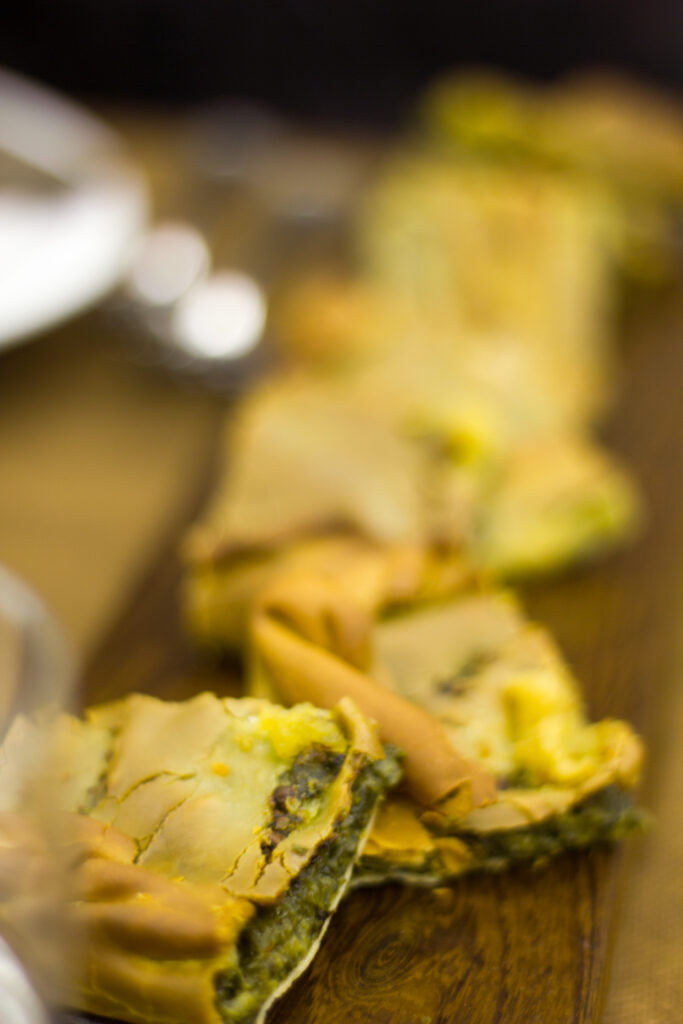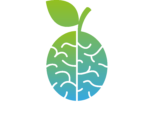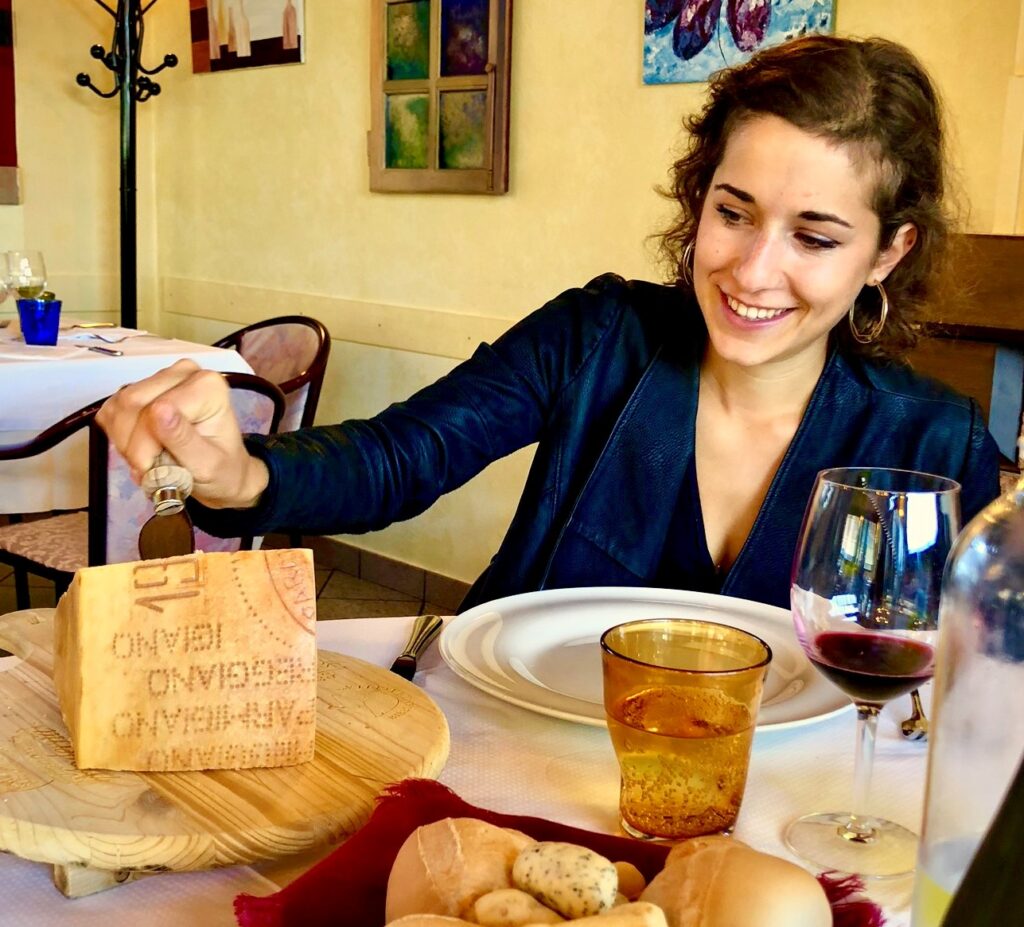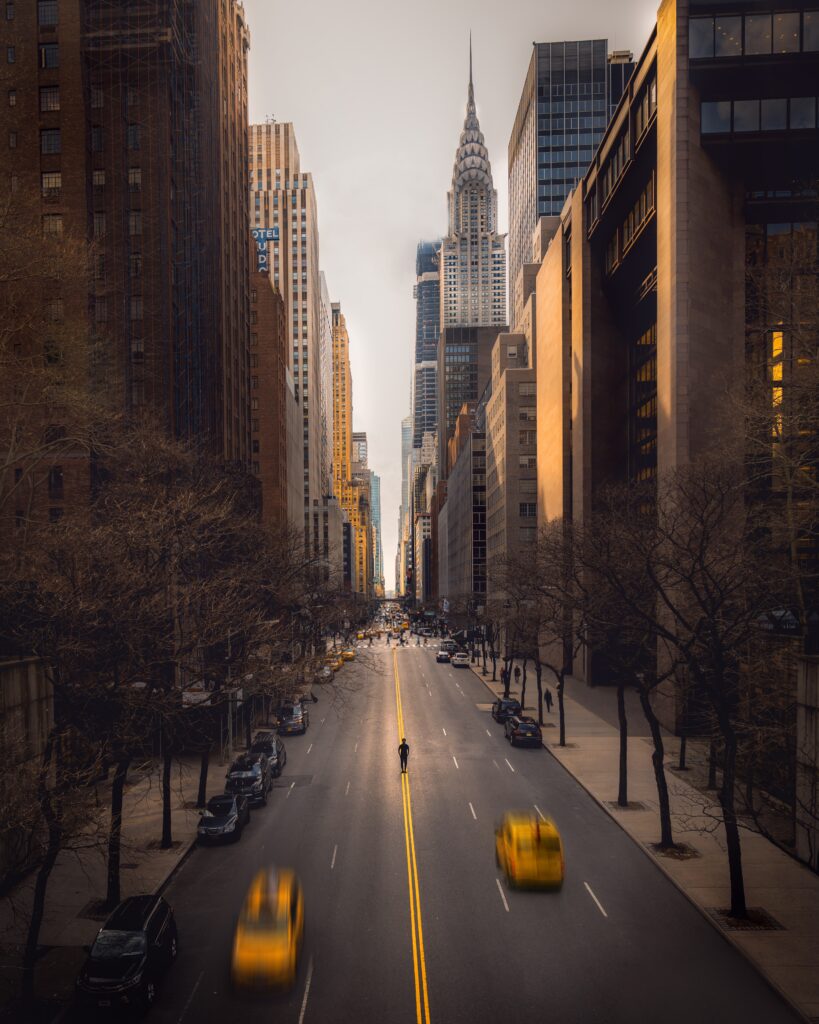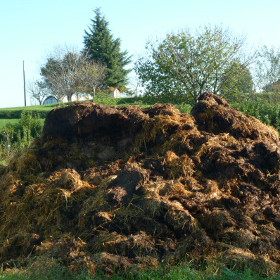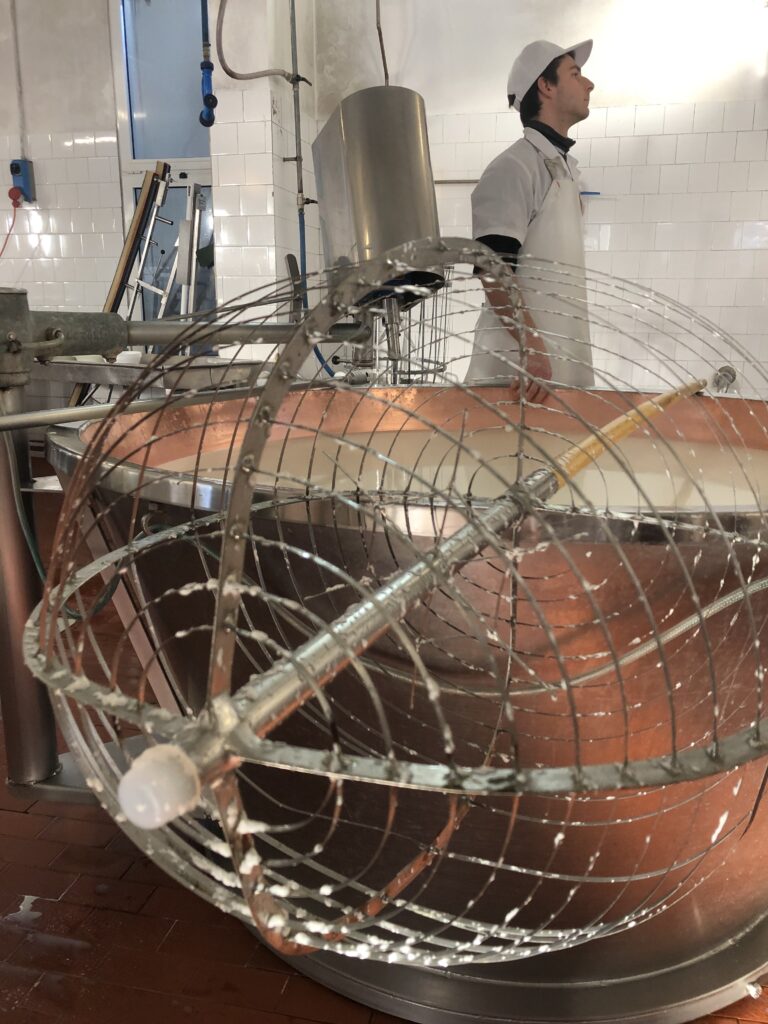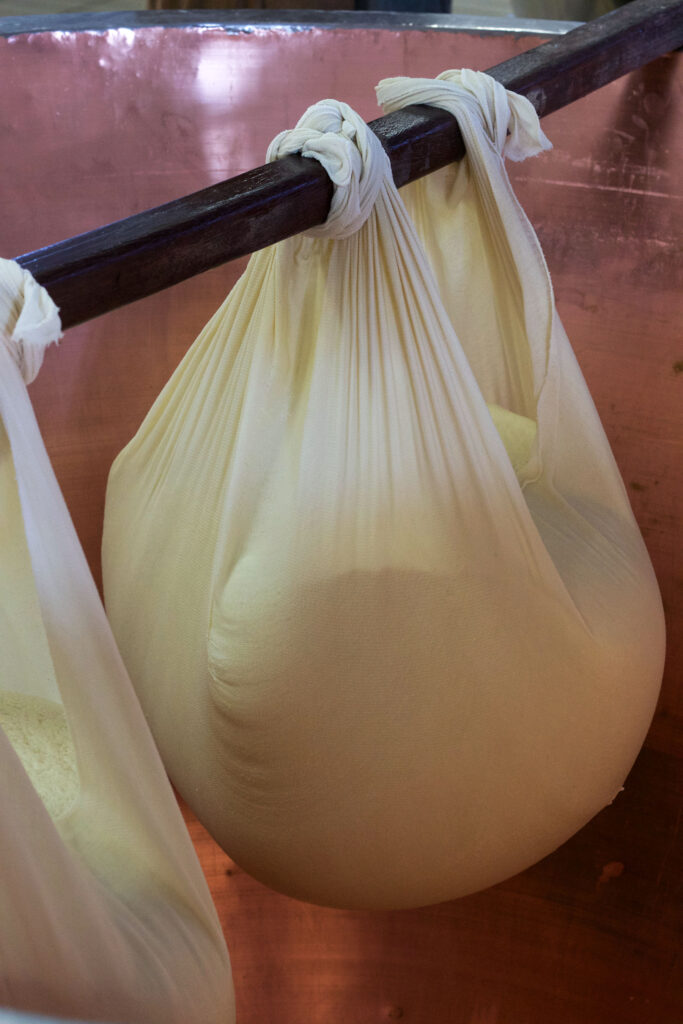The first interaction I had with real Parmigiano Reggiano was after a funeral. I was dating an Italian guy at the time who went back home in the province of Reggio Emilia to be with his family after a tragedy. He asked me to come with him for moral support. Before meeting him, I had never heard of Emilia Romagna, let alone Reggio Emilia, and yet I found myself trembling with nerves on my first flight alone in order to meet him in this new, and mysterious place. I flew from New York City to Milano in seven and a half hours, then after about two hours in the car arrived the nearly suffocating scent of cow manure. Exhausted, I gazed blankly at the soft, humid haze that caressed the grass. I remember the colors of the grass being so vibrant as if it were still summer, and not late November.
The clouds still lingered around the windows and doors of the cold villa as we began to prepare dinner. I finally found a way to feel useful, since I’ve always considered cooking a universal language, and my knowledge of Italian expanded as much as five words. It was easy to tell though, that the new widow did not trust me, an American, too much aside from cut the bread and place the Parmigiano on the table. She reluctantly handed me a block of cheese so big that I thought we would need a serving tray, expecting me to know what to do next. I tried to take initiative and put it on a ceramic plate. The sharpness in her gaze at my wrong-doing could have cut the cheese itself. Davide quickly swooped in with a wooden cutting board, and a small knife with a wooden handle. I read the inscription on the knife as it reflected in the soft light of the living room: Parmigiano Reggiano. The block sat comfortably next to the steaming pot of cappelletti with that knife protruding from its side. I was fixated on it because it appeared almost like a statue on the table. I waited patiently and observed how everyone would eat it. Some used the knife to scrape some of the cheese into the broth of the cappelletti, but it didn’t seem to make much sense to me. Then, I saw it nearly in slow motion: the puncture with the tip of the knife into the side of the block of cheese followed by the opening of the wrist to make these gloriously large pieces of cheese fall gracefully from the block. A block that today, four years later I would consider much too young for my taste. The pieces were then cannonballed into the hot broth to melt ever so slightly. I let out a gasp that broke the silence of the most uncomfortable dinner I have ever experienced.
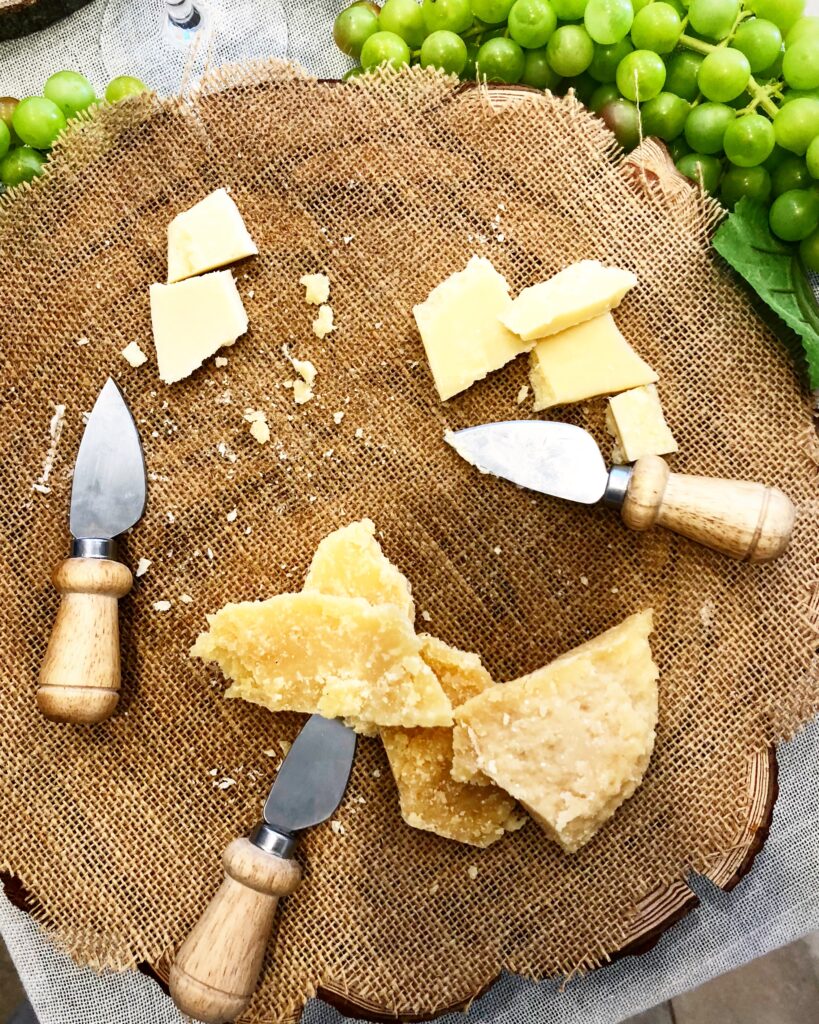
For a woman who hated food, and hated to cook, she loved to criticize my fascination for these treasures scattered across her table. I began to ask a lot of questions like, “How do you know it’s good,” or “Where is it made?” His mother muttered, “You’re so American.” I wasn’t sure how to really take that, but I think everyone was happy to talk about something else. They shared as much knowledge with me as they could, which, considering being born and raised in the area was very little. I couldn’t wrap my mind around the fact that something this good was a part of their every day life, and they knew nothing about it. It was during this time that I was beginning to make some lifestyle changes in my diet, and was starting to explore different foods. This first experience in Reggio hit me. From the very first taste of cappelletti to erbazzone and, above all, of Parmigiano Reggiano, I became obsessed with the quality of food available in America. Why do we have to try so hard to eat well, and it’s still not good? Why are there so many ingredients, preservatives, and chemicals in my food? I would spend hours at the grocery store reading the myriad of ingredients of the foods I was eating that I was told were good for me: yogurt, veggie burgers, whole wheat toast. What I found was an infinite list of ingredients I couldn’t even pronounce. I went back to Italy a few months after my first encounter with what Reggiani considered low-quality products, and did the same thing in the Italian grocery store. I read the ingredient labels of even the same brands that, in America, weren’t shy to include shelf-stabilizers and preservatives that in Italy they wouldn’t dream of including. I came across the refrigerator, a halo of light surrounding the Parmigiano Reggiano so beautiful and bright it was practically inviting. I hesitated for a moment before I read the label. I didn’t want this beautiful experience I had created with this cheese to be eradicated because of the politically-intertwined influences of the consumer market. Milk, salt, rennet; It read. That’s it? That’s it! Even the store-bought freezer erbazzone had no preservatives, and less ingredients than a bag of potato chips in the states. From that point forward it’s safe to say that I had surpassed obsession. It became my personal mission to correct the misinformation in America around food. I practically initiated World War III after Christmas dinner that year insisting that my family stop calling Parmigiano Reggiano, Parmesan. It’s something that still makes my blood boil even today.
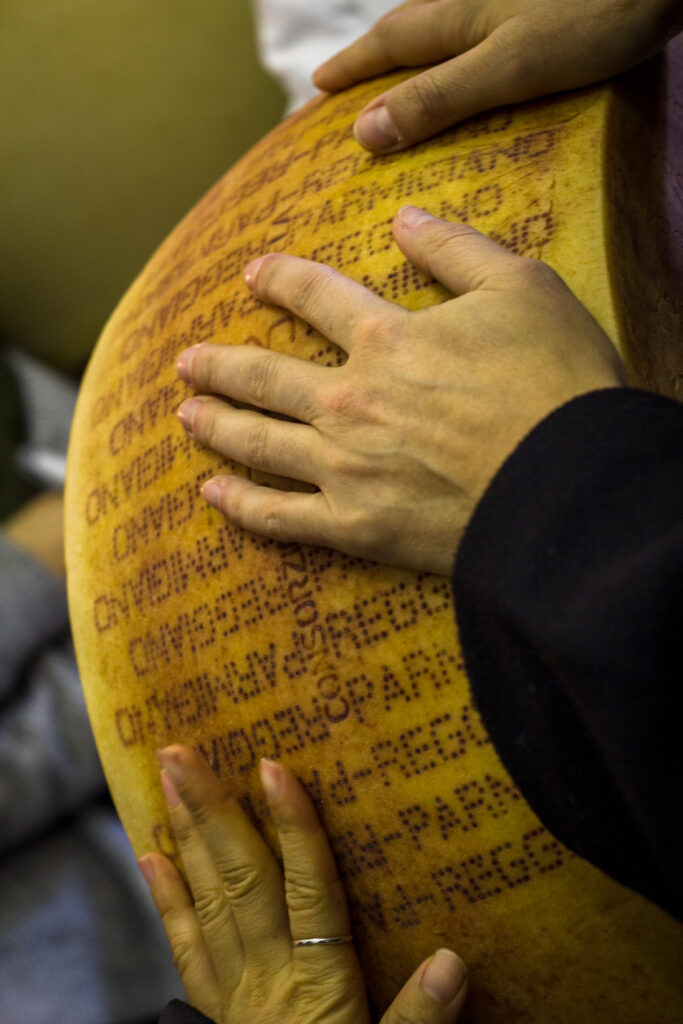
The day after we had moved to Italy, I was asked to sing at a friend’s wedding. After saying goodbyes to my family, and not sleeping a wink on the plane, I was too emotionally and physically exhausted to get to know the band that accompanied my set. After we finished playing, I congratulated everyone and went to grab a plate of appetizers. I was breaking off generous pieces of the block of Parmigiano Reggiano when the guitarist approached me. My Italian was still very limited, but I had been studying before the move so I was able to understand that he was telling me about the cheese, which to be honest, was the only thing I was interested in in that moment. “Mi occupo come battitore del Parmigiano Reggiano,” he said so casually. It seemed in that moment that the entire wedding had stopped, and that he had almost whispered something scandalous in my ear: “Ti posso portare a fare una visita in caseificio se vuoi,” My tired eyes lifted up and I could feel my heart fill with excitement. It was almost as if he had proposed. I couldn’t have dreamed of anything more spectacular.
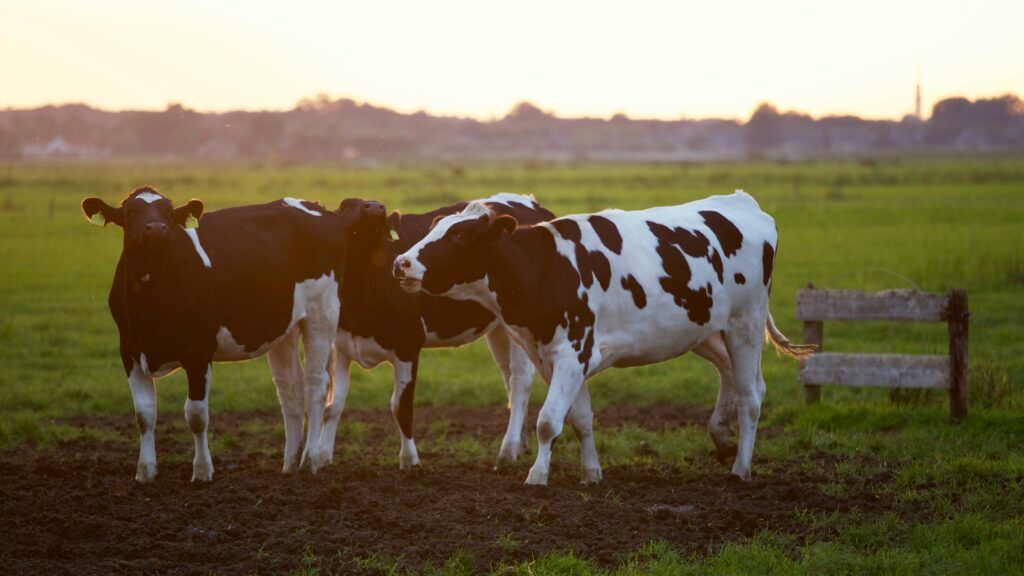
On 31 July 2018 I arrived to the Caseificio Villa Curta at 7.30 AM sharp. Around me are cows and horses grazing, and the smell of the sweet summer morning air with juuuust a hint of letame. As he opened the door the unpleasantly loud sounds of the machines rained over me. All I see are big metal tanks with written: “LATTE.” He came closer to me to explain that this is where the milk separates from the fat and the skim. He began explaining things to me that I had never even started to think about while eating, well, anything. What the cows eat, where they graze, who brings the milk, how many times a day ecc. He opened the doors to reveal the caldaie where the cheesemakers were busy at work. It was almost like a ballet. I watched in awe as the cheesemakers stirred the milk roading nearly to a boil with this long, medieval-looking instrument called the “spino” [speen-oh]. His hand continuously dipping into the milk to check the temperature of the curd. From one moment to the next I found myself with a tasting cup of Sirio in one hand, and a piece of cheese in the other. It was a rare experience I had never imagined in my lifetime to ever witness—tasting Parmigiano Cheese that was only aged or, “stagionato” a mere 30 seconds (so, not officially Parmigiano Reggiano, but I still enjoy the idea).
The cheesemakers began to prepare the cloths for straining the forms. The head cheesemaker arrived with what seemed to me a long, wooden pizza peel. He submerged it to the bottom of the cauldron and began leveraging out this wad of cheese twice the size of my body with all his might. His comrades catch the form in the cloth. They begin to drain the whey to use to make ricotta and gelato because in Italy, “non is spreca niente” (nothing goes to waste). He cut the form in half, they are separated, and left to drain. Here before my eyes I witnessed the very birth of a form of Parmigiano, swaddled in his little cloth, prepared to bathe in a salt bath and grow old with his brothers. My friend, whom I to this day still refer to as Parmigiano Man, shows me the band that imprints the name Parmigiano Reggiano on the side of the rind. I grace my fingers across the rigged details of the band so taken aback by the cadence of events that occur to make one form of cheese—something I’ve always just taken for granted. I couldn’t believe that everything that I was seeing was a product of traditions born over one thousand years ago in the area. I can touch, taste, smell, and hear the history of a part of Reggio Emilia—a sensation I could never align myself with in the states, despite its recent history.
The sharp smell of tangy milk strengthens as he guides me through the room where the forms bathe for about 18 days in salt water to the treasure trove—the dream landscape of infinite wheels of Parmigiano Reggiano cheese. The shelves where adorned from the ceiling to the floor, wall-to-wall with wheels of all different ages. I started to think about what I would need to do in order to be able to spend every day in one of these rooms. I was left speechless until I heard a knocking that broke my dream state. I looked at Parmigiano Man to find him lightly tapping a wheel of cheese. “What are you doing?” I asked him. He explained that, through the rigorous and intense process of controlling each wheel of cheese, one of the phases is to control by the sound. This was a concept I asked him to re-explain in as many languages as we both know. I wasn’t able to fathom such a beautiful concept: that we must listen to our food, and it will tell us when it’s ready. It was such an intrinsic thought about life I had forgotten: that we must listen to ourselves, listen to each other, our bodies and minds. Living amidst the chaos of New York City had distracted me from these truths. And here I stand on the other side of the world, in front of a man hammering a wheel of cheese to realize this. In that moment I felt something awaken in me; something I always knew was there, but I felt the shift in my mind that this is what I must do in my life: defend and protect the artisans, cheesemakers, farmers and the consumers from becoming victim to consumerism. It became my personal mission to help consumers understand and be vigilant about what they feed their bodies, and what they buy, to help them understand why Parmesan is not Parmigiano Reggiano. I want to show them that it’s possible to have a good quality of life not only in the place of “la vita bella.” This cheese has acted as the spark to achieve this goal of which I would spend a lifetime working towards. And in the past two and a half years of my time in Italy, I have not stopped at Parmigiano Reggiano. I began producing video for an agency that promotes and protects authentic Italian food globally, and am currently pursuing a Master’s Degree in Public Health and Nutritional Sciences.
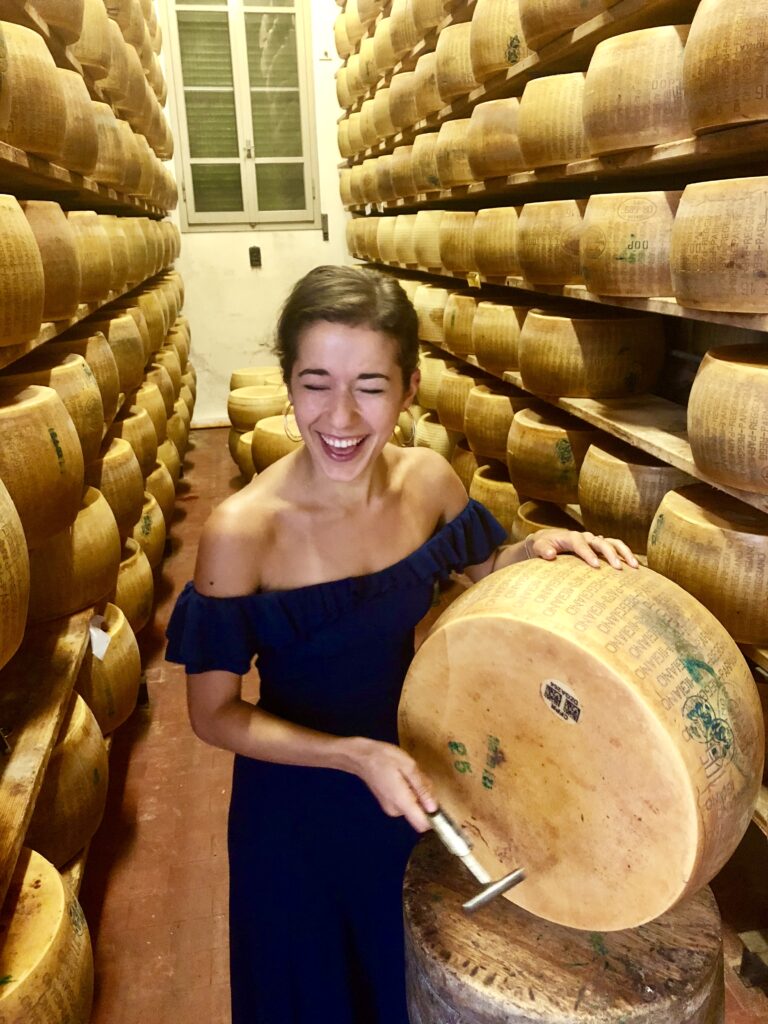
My time in Reggio has been so adventurous. I have hiked for days in the Apennine, tasting all of the erbazzone that each forno in each town has to offer. Parmigiano Man started to invite me on the tours at the dairies to help him with the English (although he didn’t need it). I have become such a cheese snob that I even have a preference of age of the form, and region where the caseificio is located. Every Reggiano I meet asks me, “Ma come mai da New York a Reggio Emilia??” And I can only simply respond, with erbazzone artigianale in one hand and a cup of chilled Lambrusco in the other, “where do I begin?”
